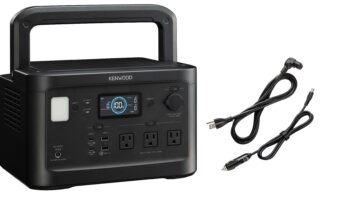Intel intends to make a strong push to facilitate the creation of the digital living room with its newest technology dubbed Viiv, which will be included in computers and potentially consumer electronic devices starting early next year.
Viiv (rhymes with five) is a new platform-level brand, similar to Centrino in that products carrying the Viiv label have to include several key components that will help deliver a digital entertainment experience to consumers, according to Bryan Peebler marketing manager Intel’s Viiv technology program.
The company introduced Viiv in August at the Intel Developers Forum, along with a slew of new processors.
Viiv’s foundation is built on Intel’s new dual-core processors, an Intel chipset, proprietary home networking software and a broadband connection working together to spread computer-stored digital content, including HDTV, throughout a home. The PC must run Windows Media Center Edition. The home networking software is optimized to connect a computer to a home’s A/V equipment and Peebles said Intel is holding talks with CE vendors to incorporate special Viiv networking equipment into televisions and audio products enabling them to connect directly without a media adapter.
Intel intends to release a mobile version of Viiv for the growing Media Center notebook market, Peebler said.
Intel CEO Paul Otellini recently gave the first public demonstrations of three new Intel processor platforms.
The upcoming processor platforms Merom (mobile), Conroe (desktop) and Woodcrest (server) use Intel’s 65-nanometer technology manufacturing process and feature a new micro architecture that is a combination of those now used in the company’s Pentium M and NetBurst processors. Processors incorporating these new technologies should by out by the second half of 2006, Otellini said.
The focal point of all three chips is low-power consumption, Otellini said, to allow new computer designs such as “Handtop PCs” which he forecast would combine computing and communications capabilities, use less then a watt of power and weigh less then 1-pound.













